Are you tired of your indoor plants struggling to survive due to insufficient sunlight? Say goodbye to dull spaces and hello to lush greenery! Low-light indoor plants are the ultimate solution for brightening up your home, even in areas with minimal natural light.
These resilient plants not only add charm to your living spaces but also improve air quality and create a calming ambiance. Dive into this comprehensive guide to discover the 35 best low-light indoor plants that thrive year-round, along with tips for watering, pros, and cons for each plant.
1. Begonia Rex
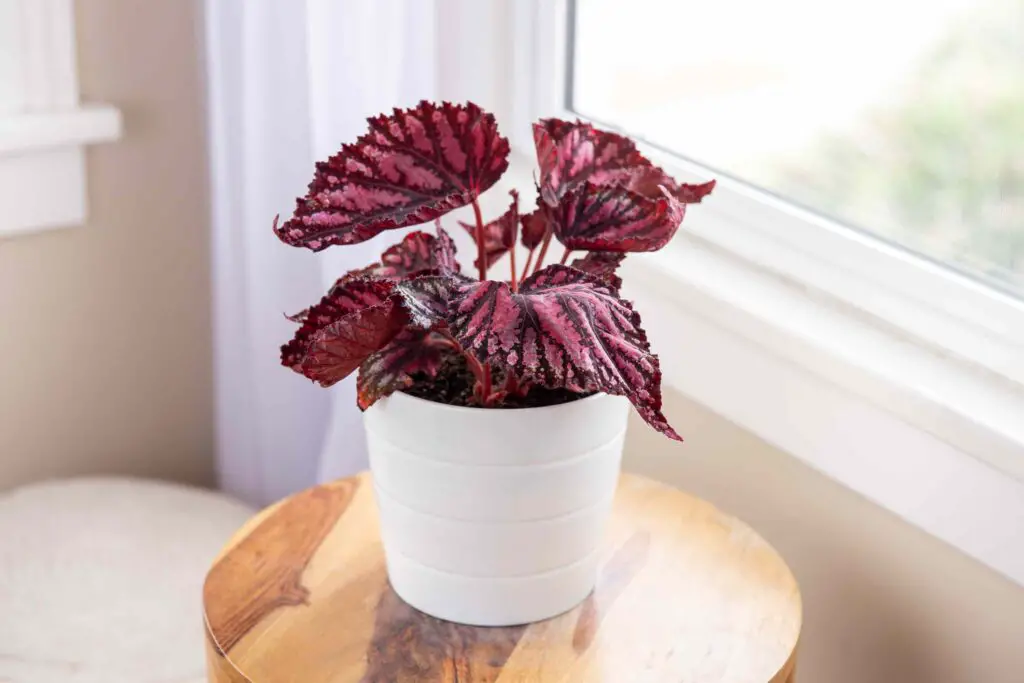
Known for its striking, colorful leaves, Begonia Rex is a showstopper in any indoor garden.
Watering: Keep the soil slightly moist, but avoid overwatering.
Pros: Stunning foliage; Compact size.
Cons: Sensitive to overwatering; Requires high humidity.
2. Red Anthurium

This vibrant plant boasts glossy leaves and long-lasting red flowers.
Watering: Water once the top inch of soil feels dry.
Pros: Low maintenance; Adds a pop of color.
Cons: Toxic to pets; Requires consistent warmth.
3. Stromanthe Triostar
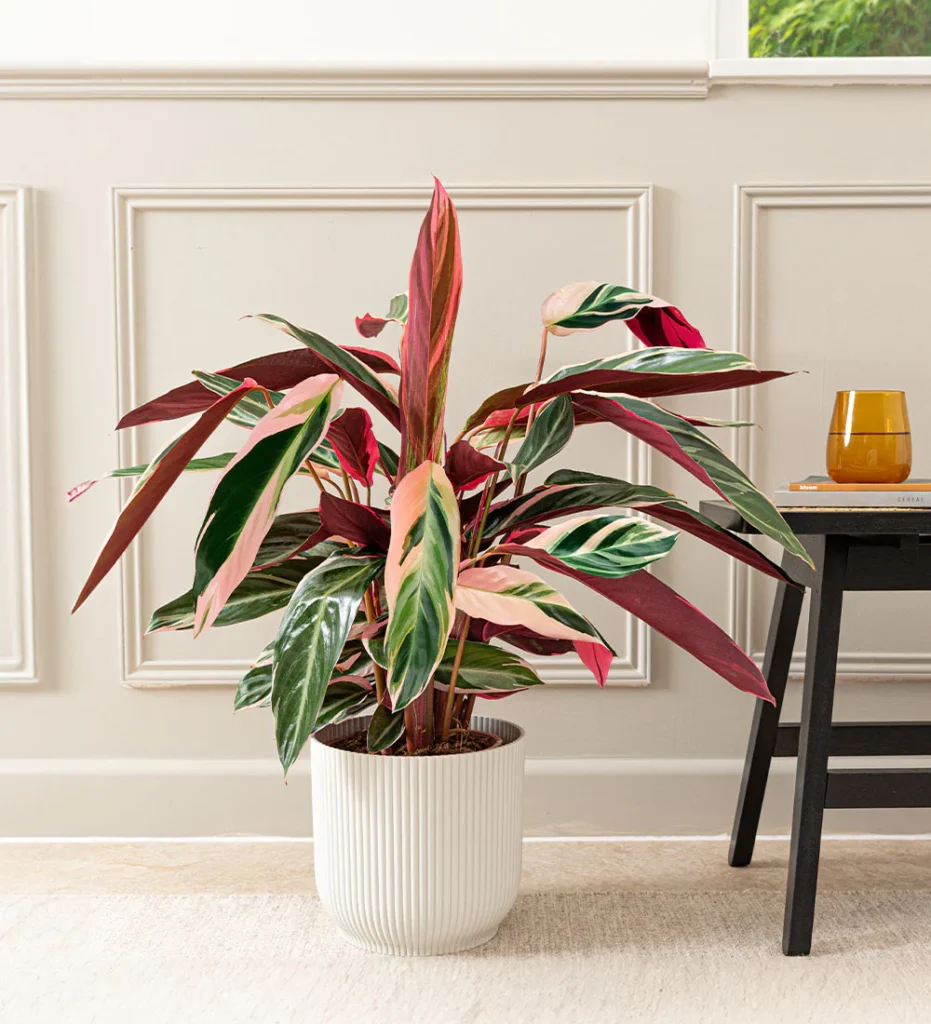
With pink, white, and green leaves, this plant is a visual delight.
Watering: Keep the soil consistently moist.
Pros: Gorgeous variegation; Improves air quality.
Cons: Requires high humidity; Prone to leaf browning.
4. Philodendron Prince of Orange
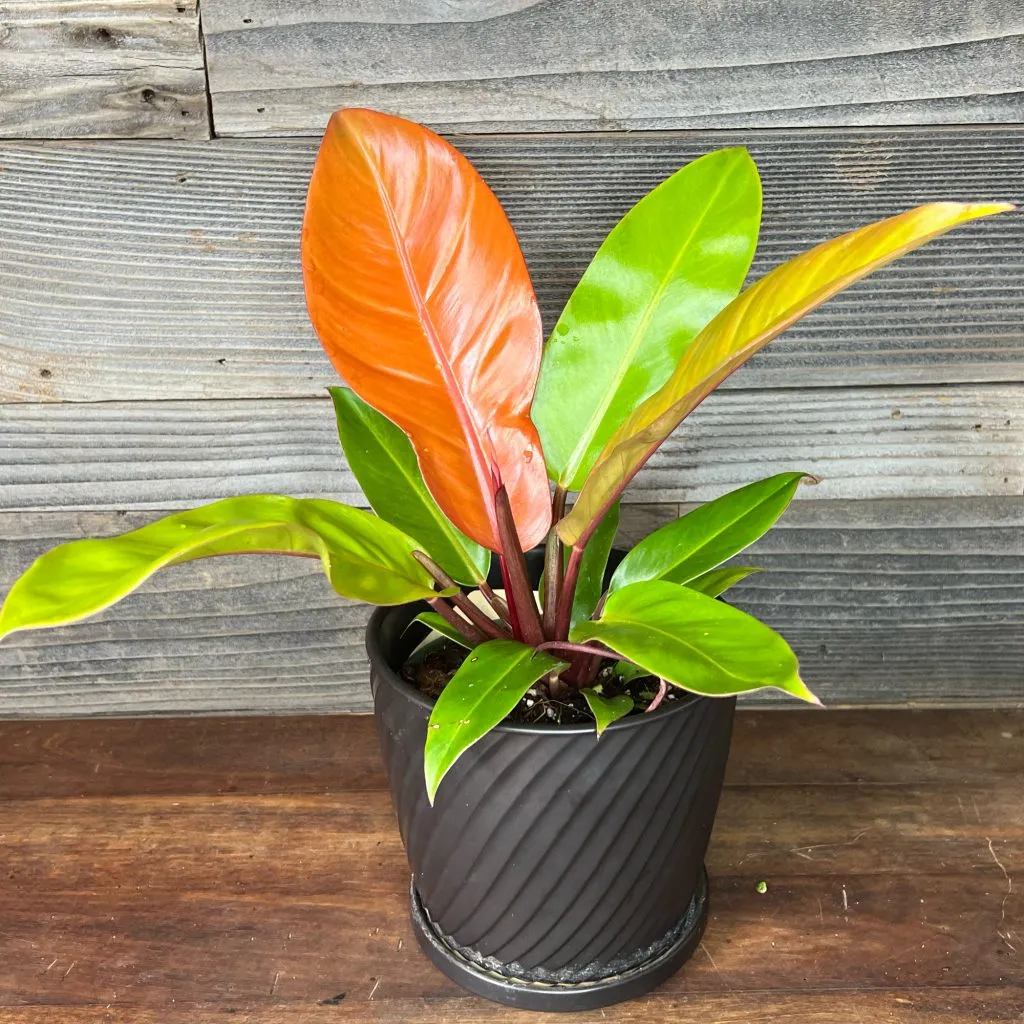
Its vibrant orange foliage makes it stand out in dimly lit areas.
Watering: Allow the topsoil to dry out between waterings.
Pros: Eye-catching color; Easy to grow.
Cons: Toxic to pets; Needs occasional pruning.
5. Chinese Evergreen
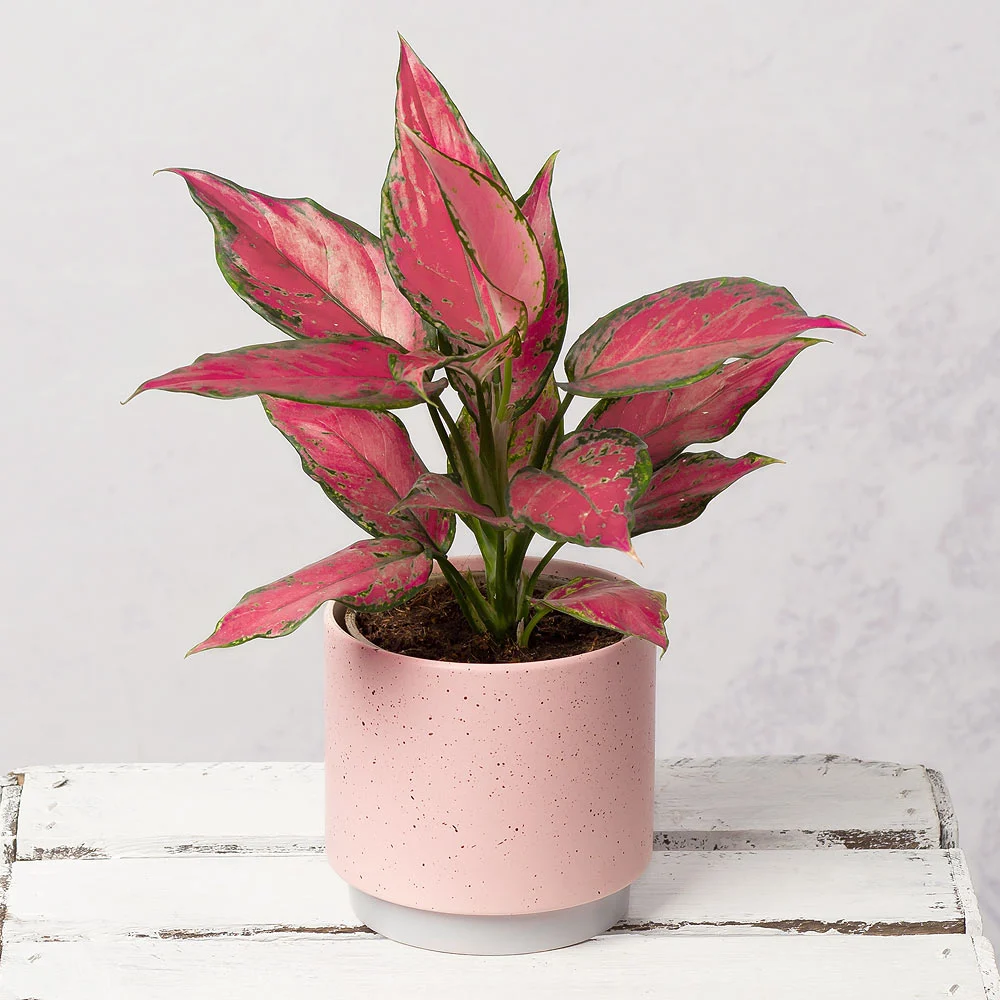
One of the easiest low-light indoor plants to care for, it’s perfect for beginners.
Watering: Water when the soil feels dry to the touch.
Pros: Durable; Tolerates neglect.
Cons: Can be toxic to pets; May develop root rot if overwatered.
6. Snake Plant
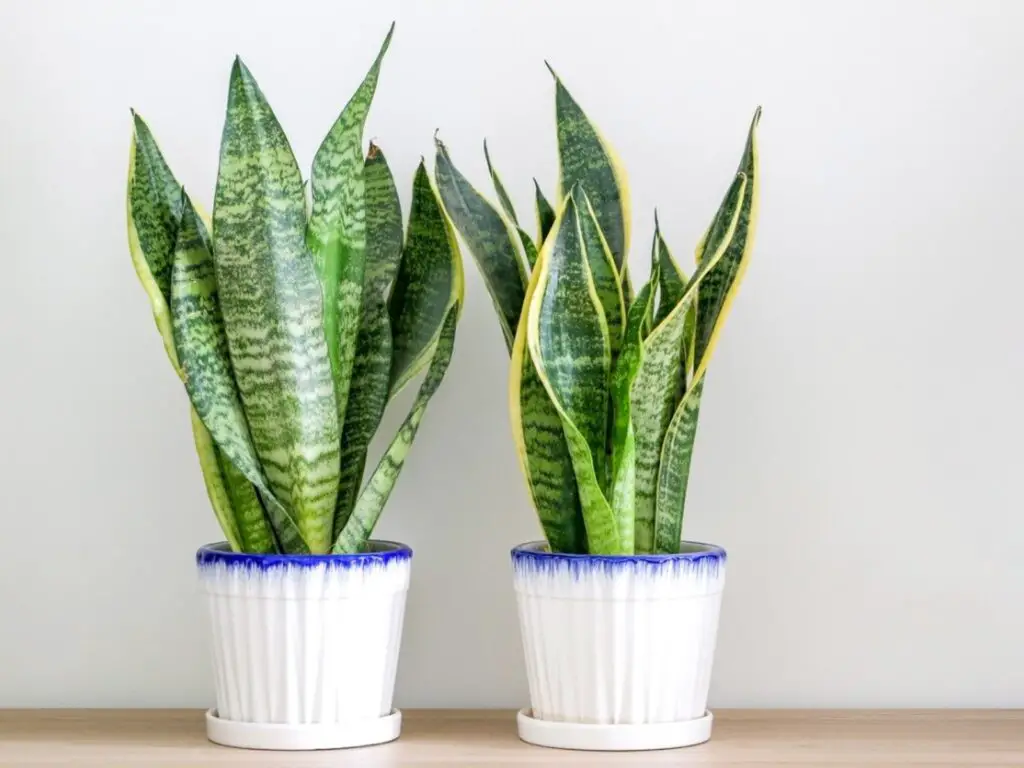
Also known as “Mother-in-Law’s Tongue,” it features upright, sword-like leaves.
Watering: Water every 2-3 weeks, allowing the soil to dry out.
Pros: Extremely hardy; Excellent air purifier.
Cons: Slow growth; Can become top-heavy.
7. ZZ Plant
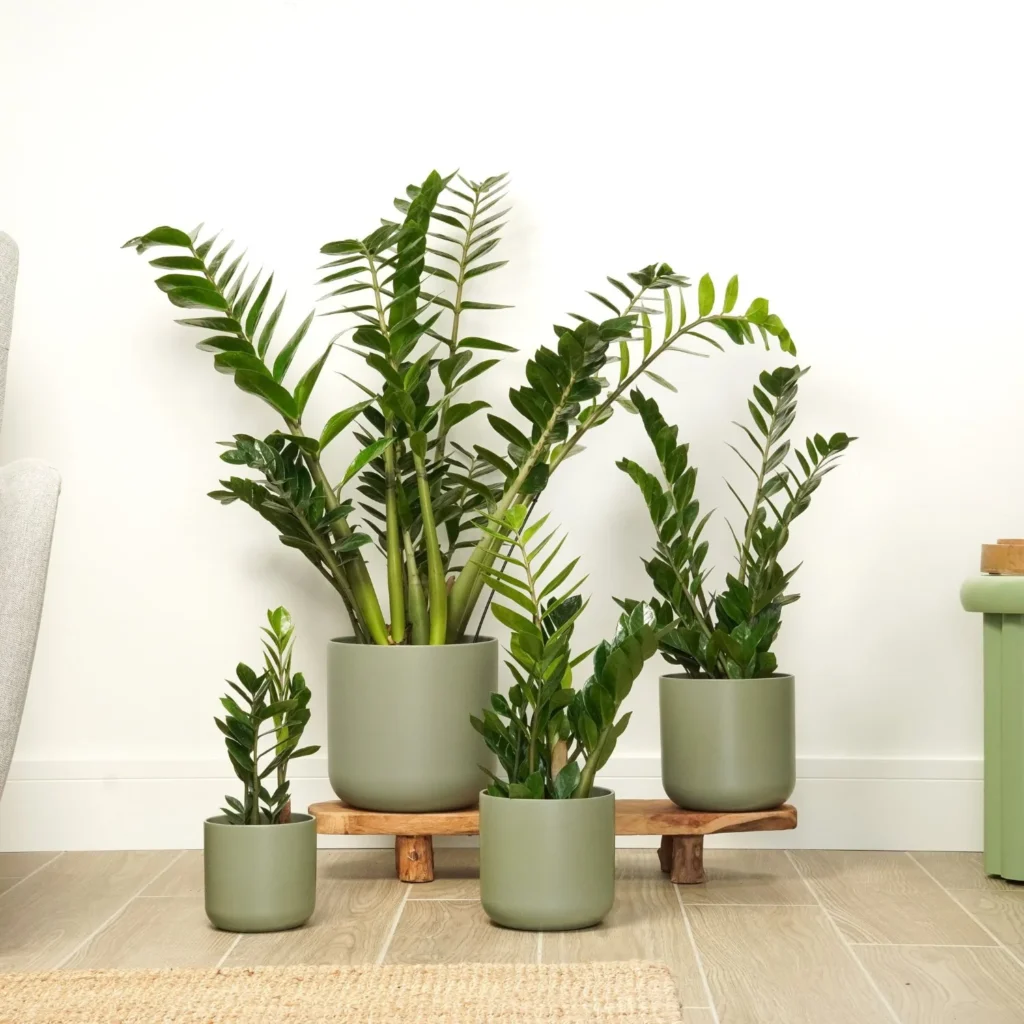
This plant is known for its thick, waxy leaves and ability to thrive in low light.
Watering: Water sparingly; it stores water in its rhizomes.
Pros: Low maintenance; Drought-tolerant.
Cons: Toxic to pets; Grows slowly.
8. Spider Plant
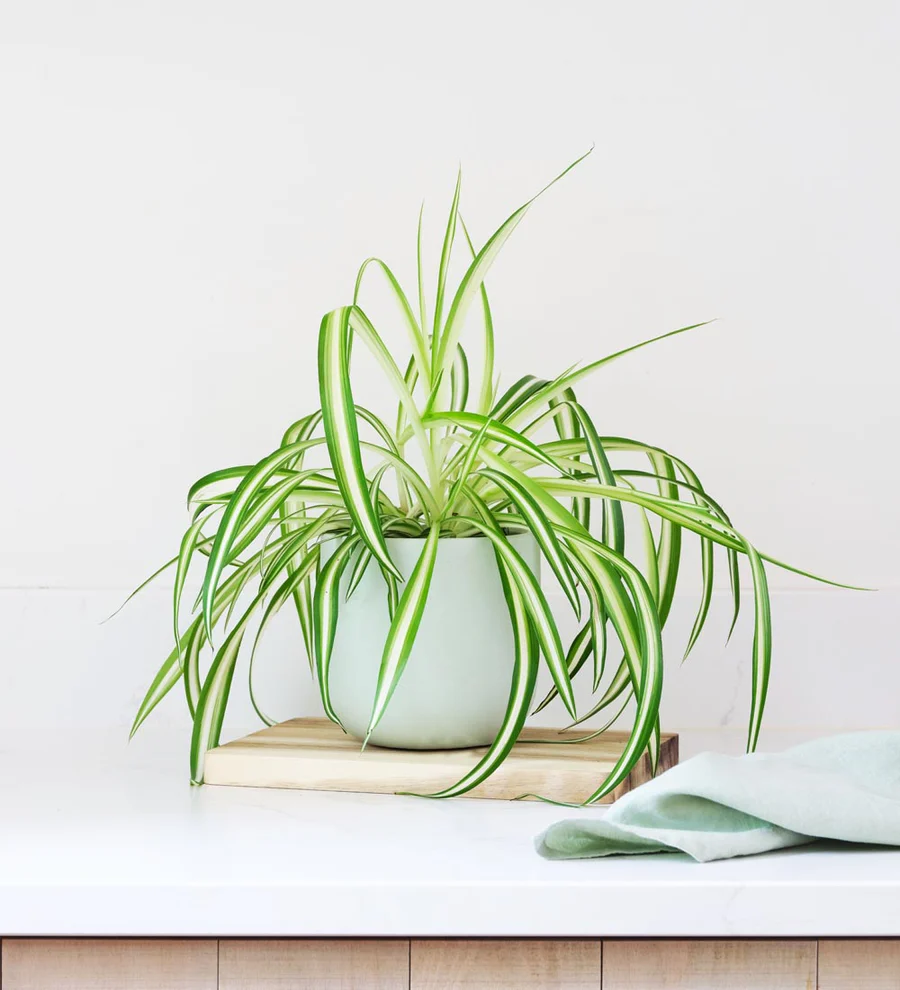
A classic indoor plant with arching green leaves and white stripes.
Watering: Water when the top inch of soil is dry.
Pros: Produces baby plants; Pet-friendly.
Cons: Prone to browning tips; Requires occasional repotting.
9. Cast Iron Plant
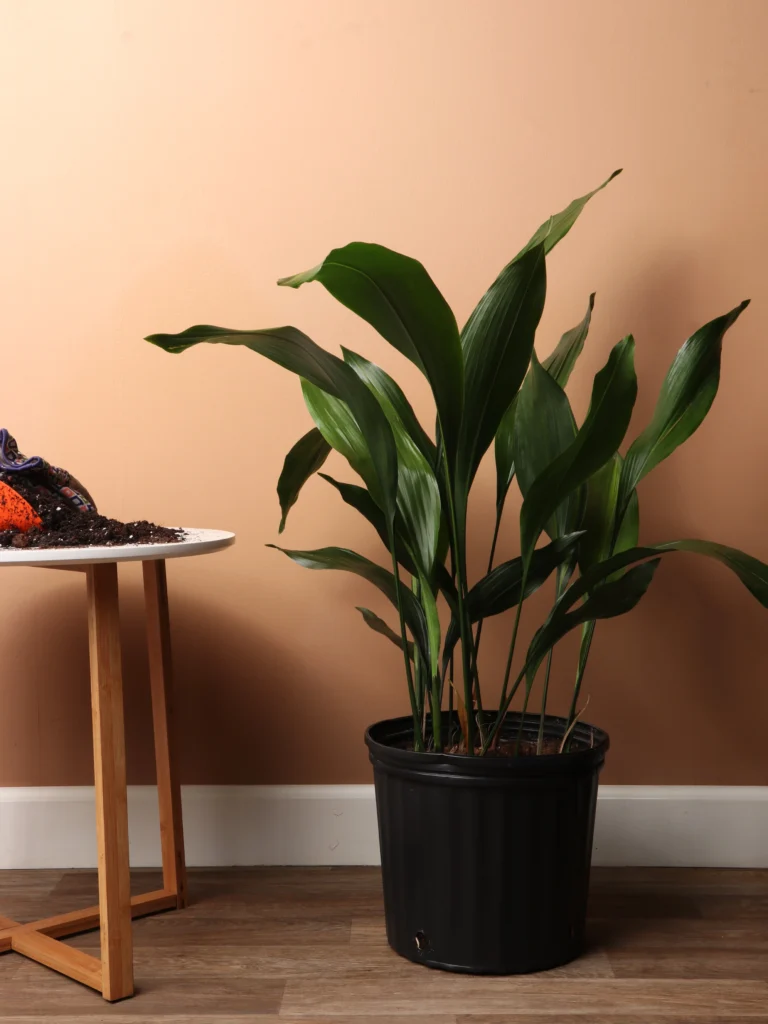
Aptly named for its resilience, this plant thrives with minimal care.
Watering: Allow the soil to dry out between waterings.
Pros: Nearly indestructible; Tolerates neglect.
Cons: Slow-growing; Dull appearance.
10. Peace Lily
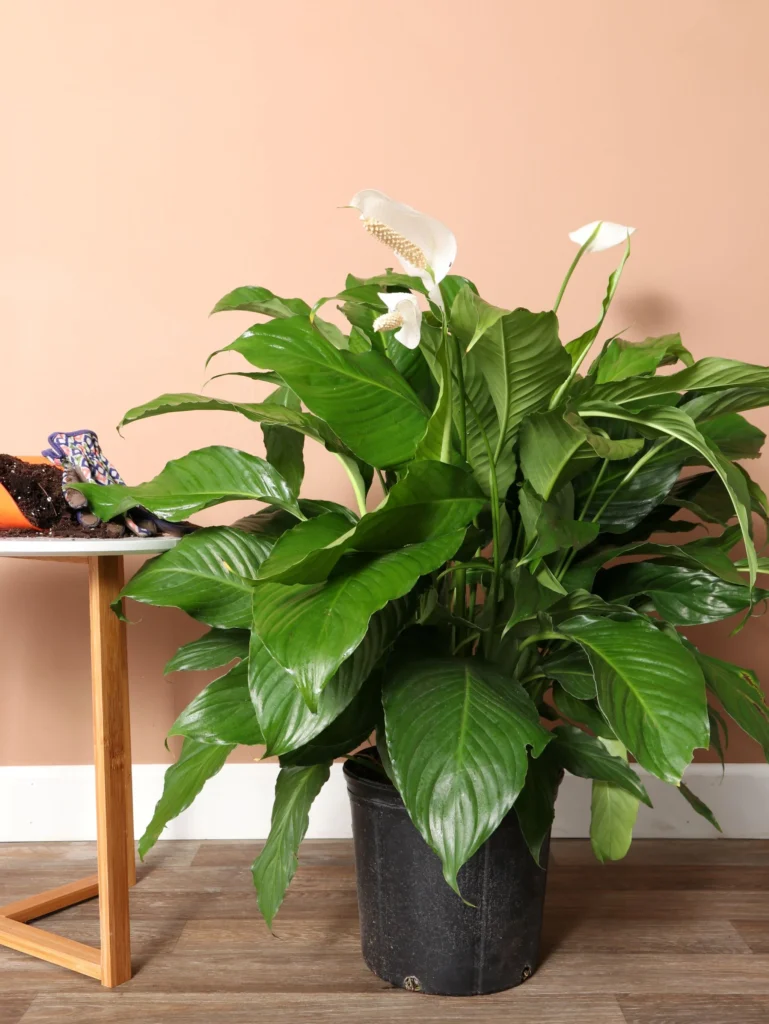
Known for its elegant white blooms, the Peace Lily is a favorite for low-light areas.
Watering: Water when the plant starts to droop slightly.
Pros: Removes toxins from the air; Beautiful flowers.
Cons: Toxic to pets; Sensitive to overwatering.
Related Topics:
11. English Ivy

A fast-growing vine with classic green or variegated leaves.
Watering: Water when the top of the soil feels dry.
Pros: Easy to train as a climber; Improves air quality.
Cons: Can become invasive; Toxic to pets.
12. Maidenhair Fern
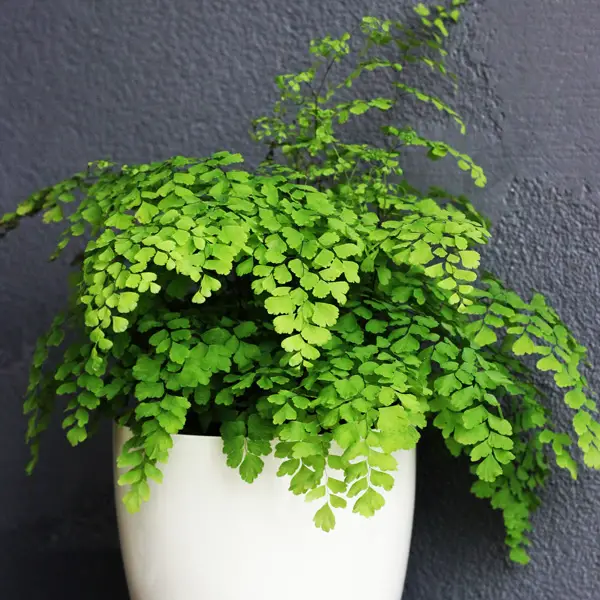
This delicate fern has lacy, light green fronds.
Watering: Keep the soil consistently moist but not soggy.
Pros: Beautiful and unique appearance; Loves humidity.
Cons: Requires regular watering; Sensitive to dry air.
13. Calathea
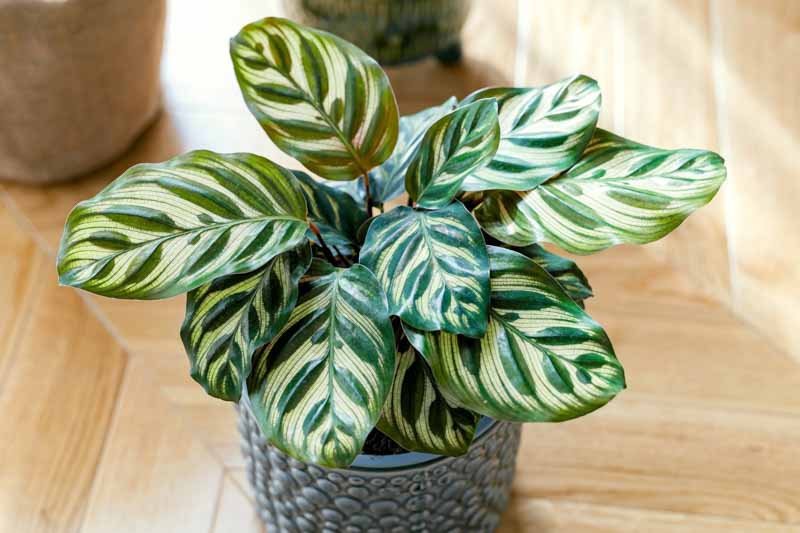
Also known as the “prayer plant,” it features strikingly patterned leaves.
Watering: Keep the soil consistently moist but not waterlogged.
Pros: Stunning leaf patterns; Non-toxic to pets.
Cons: Needs high humidity; Prone to browning edges.
14. Pothos
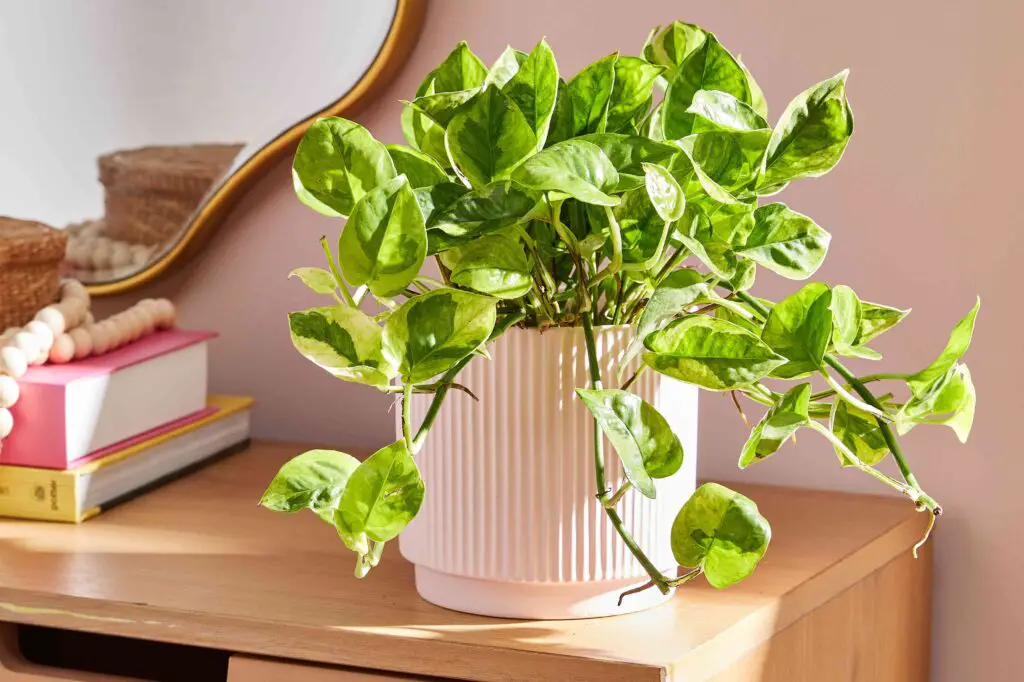
A popular trailing plant with heart-shaped leaves that thrive in low light.
Watering: Allow the top inch of soil to dry out between waterings.
Pros: Very low maintenance; Excellent for beginners.
Cons: Toxic to pets; Can grow aggressively.
15. Parlor Palm
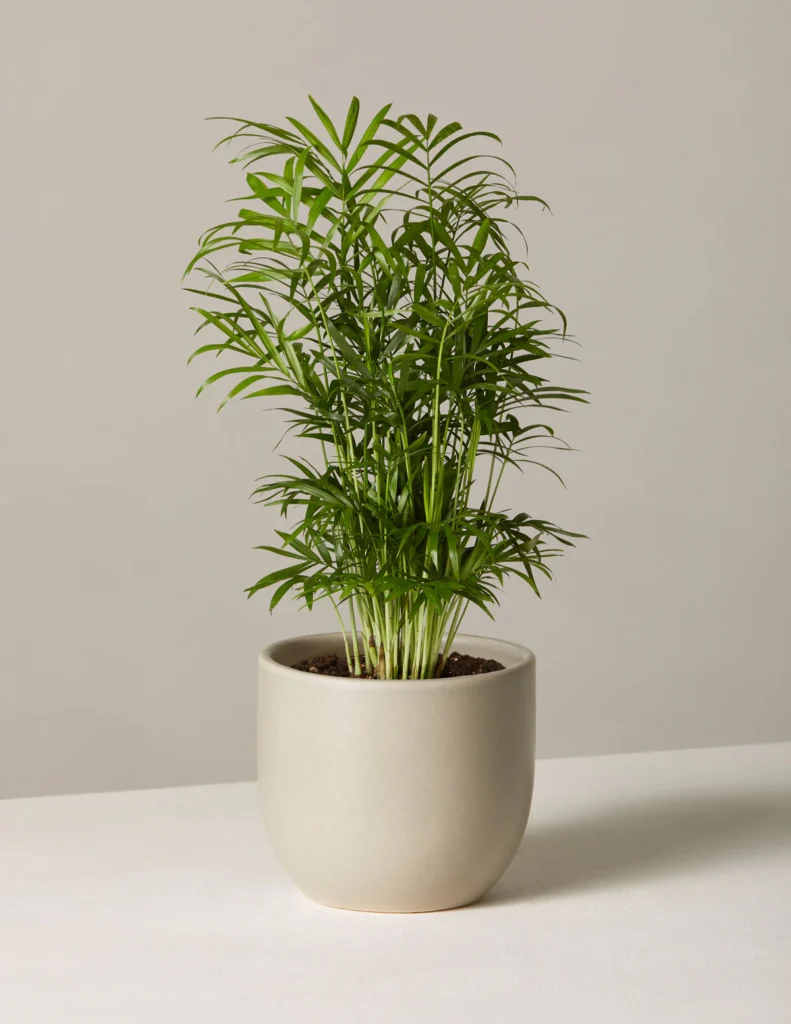
A classic palm with feathery, arching fronds that bring a tropical feel.
Watering: Water when the topsoil dries out.
Pros: Elegant appearance; Low maintenance.
Cons: Slow-growing; Can become root-bound.
16. Prayer Plant

Known for its leaves that fold up at night, mimicking praying hands.
Watering: Keep the soil consistently moist but not soggy.
Pros: Unique leaf movement; Non-toxic to pets.
Cons: Needs high humidity; Sensitive to overwatering.
17. Lucky Bamboo
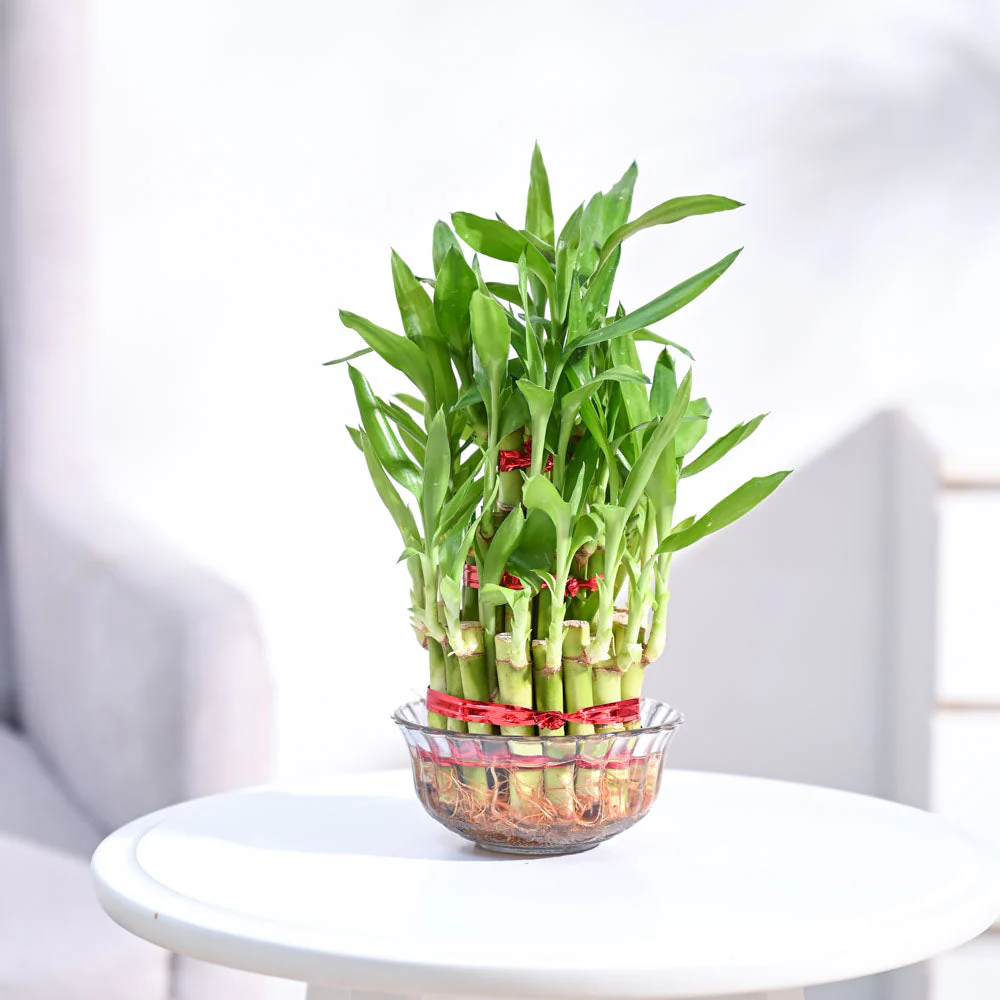
A versatile plant often grown in water or soil, symbolizing good fortune.
Watering: Change water weekly or keep soil moist.
Pros: Easy to grow; Aesthetic appeal.
Cons: Sensitive to fluoride in water; Can outgrow containers.
18. Aglaonema Wishes
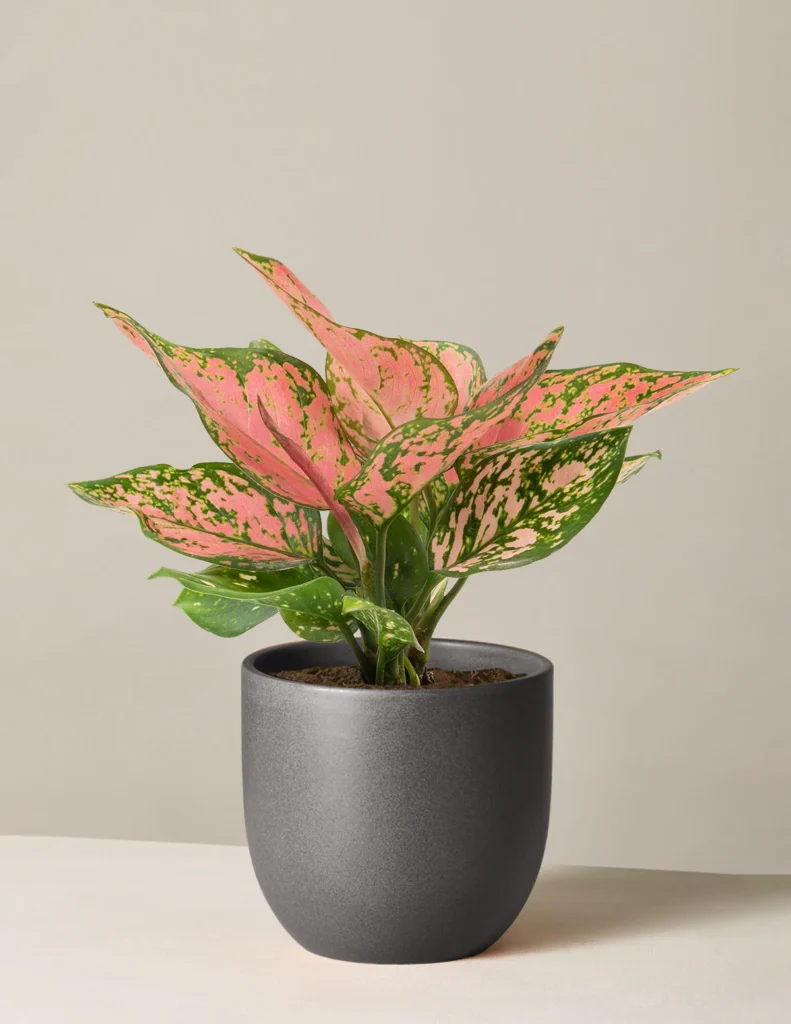
This vibrant plant features variegated green and pink leaves.
Watering: Water when the topsoil is dry to the touch.
Pros: Attractive foliage; Tolerates low light.
Cons: Toxic to pets; Can be prone to root rot.
19. Maranta Red Prayer
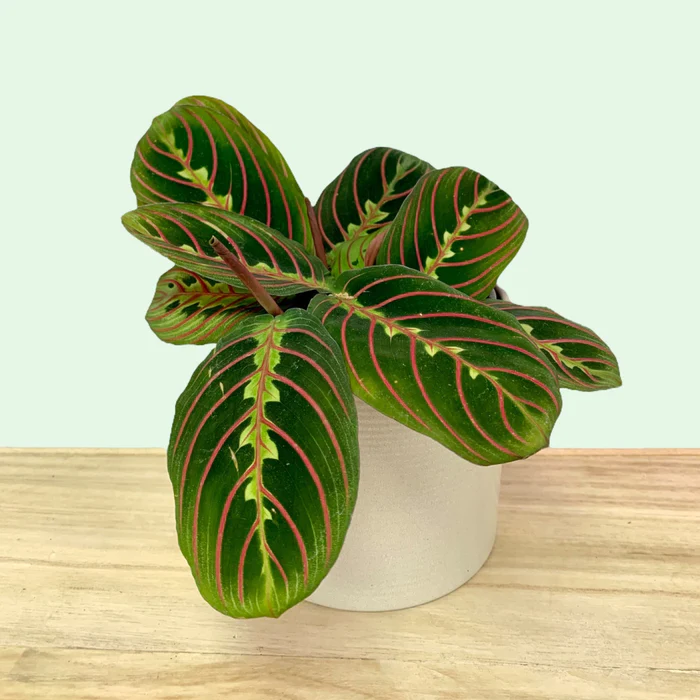
A variant of the prayer plant with striking red-veined leaves.
Watering: Keep the soil evenly moist.
Pros: Beautiful red markings; Non-toxic to pets.
Cons: Needs humidity; Prone to leaf curling.
20. Devil’s Ivy Golden Pothos
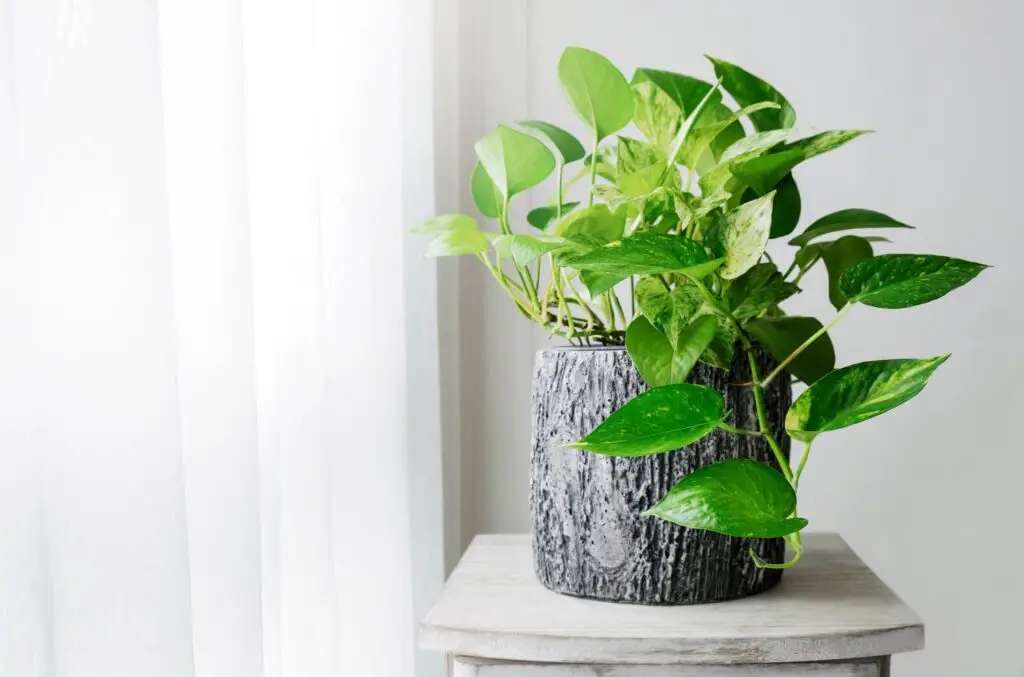
A hardy plant with golden variegated leaves.
Watering: Let the soil dry slightly between waterings.
Pros: Nearly indestructible; Grows quickly.
Cons: Toxic to pets; May require frequent trimming.
21. Bromeliad Plant
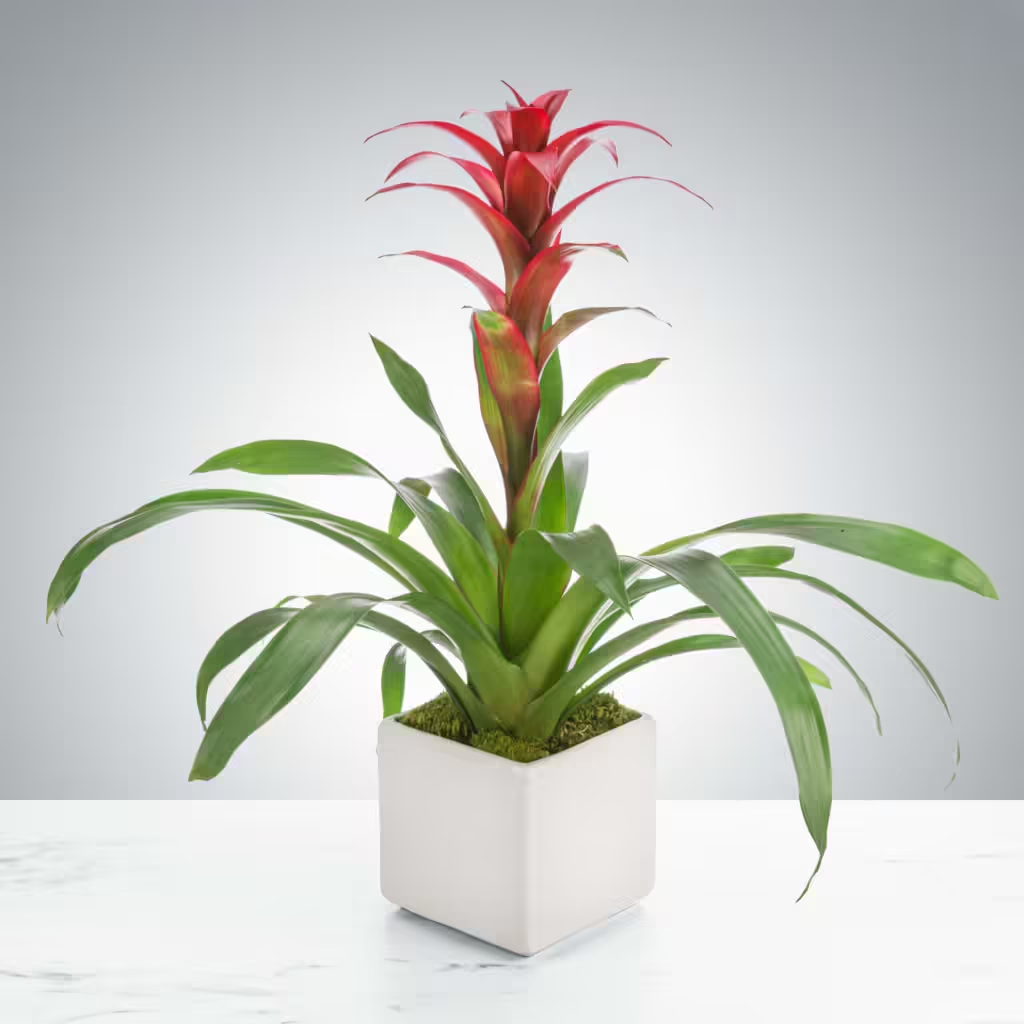
A tropical plant with vibrant flowers that last for months.
Watering: Water in the central cup and keep the soil slightly moist.
Pros: Long-lasting blooms; Requires little maintenance.
Cons: Needs bright, indirect light to flower; Sensitive to overwatering.
22. Benjamina Ficus Tree
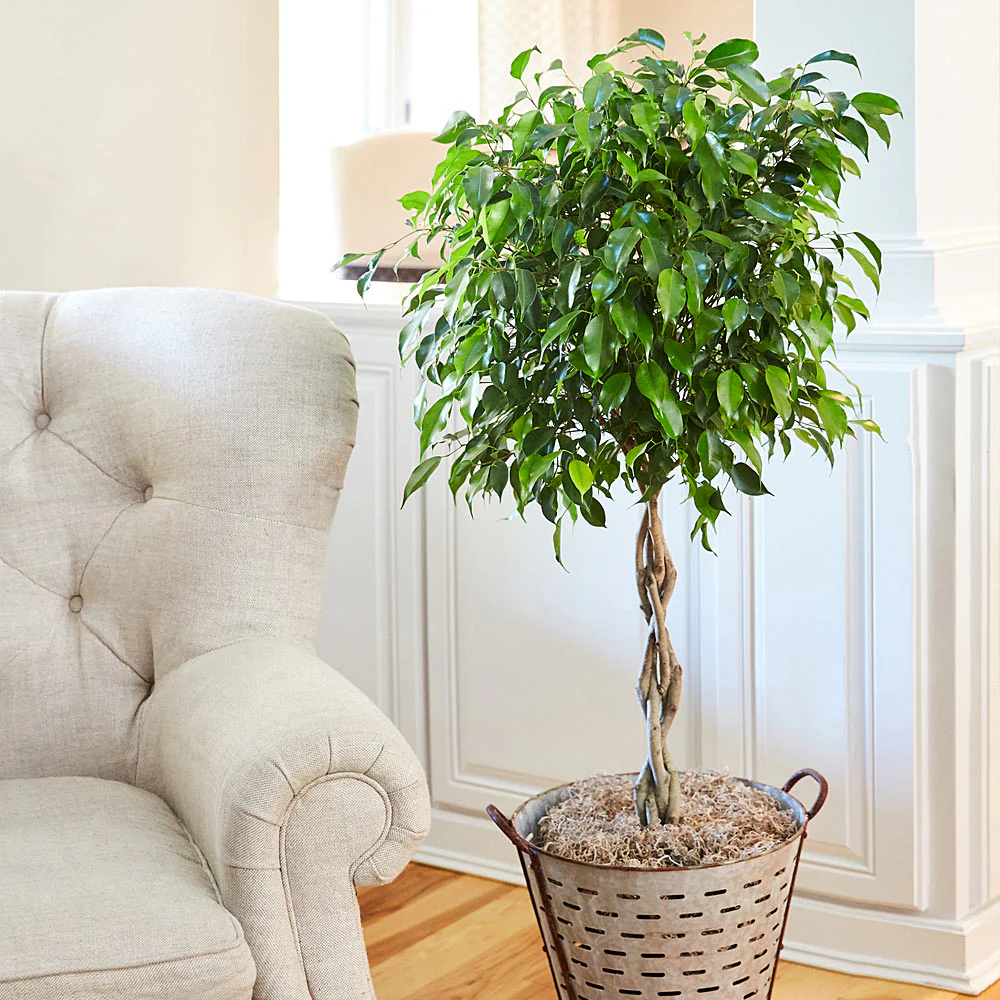
A small tree with graceful, arching branches and shiny leaves.
Watering: Water when the topsoil is dry.
Pros: Can be shaped into bonsai; Elegant appearance.
Cons: Can drop leaves if moved; Sensitive to drafts.
23. Baby Rubber Plant
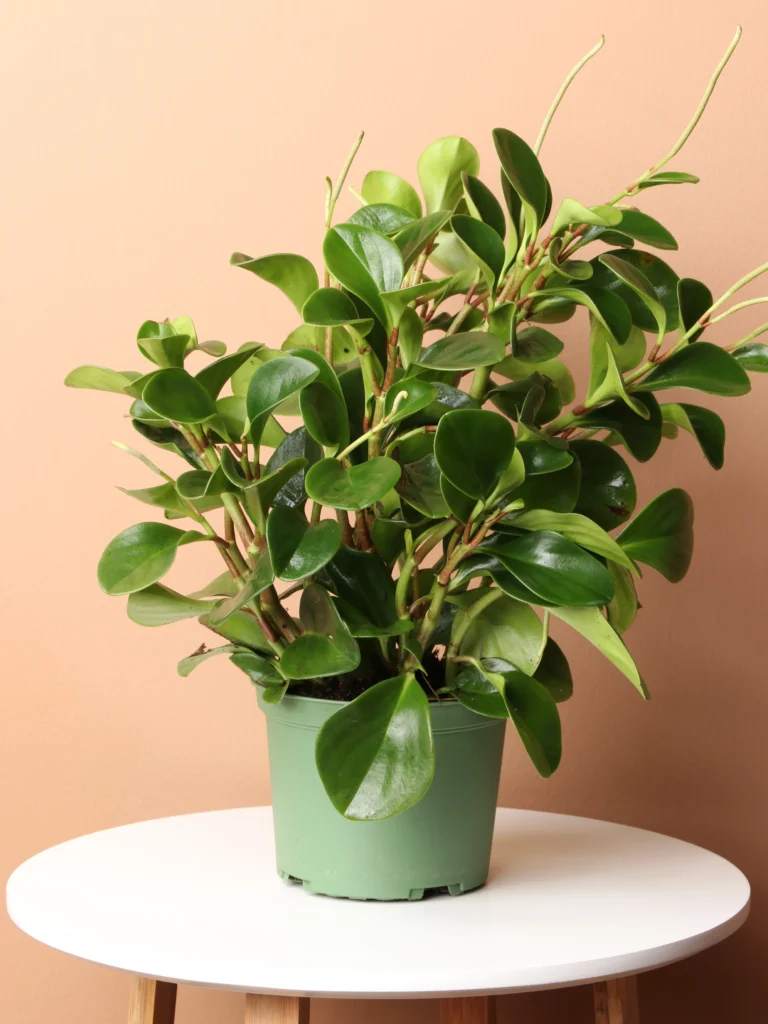
A compact plant with thick, glossy leaves.
Watering: Allow the topsoil to dry out between waterings.
Pros: Attractive, low-maintenance plant; Non-toxic to pets.
Cons: Grows slowly; Prefers moderate humidity.
24. Monstera Swiss Cheese Plant
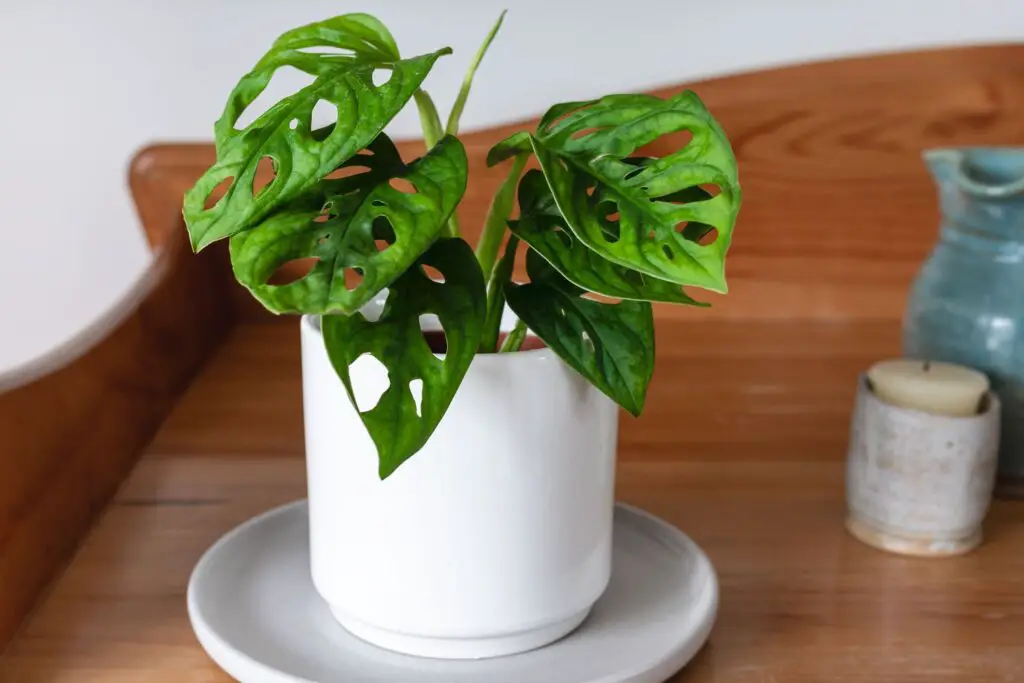
Known for its unique, holey leaves, this plant is a tropical beauty.
Watering: Water when the topsoil feels dry.
Pros: Bold appearance; Easy to propagate.
Cons: Toxic to pets; Requires space to grow.
25. Blue Star Fern
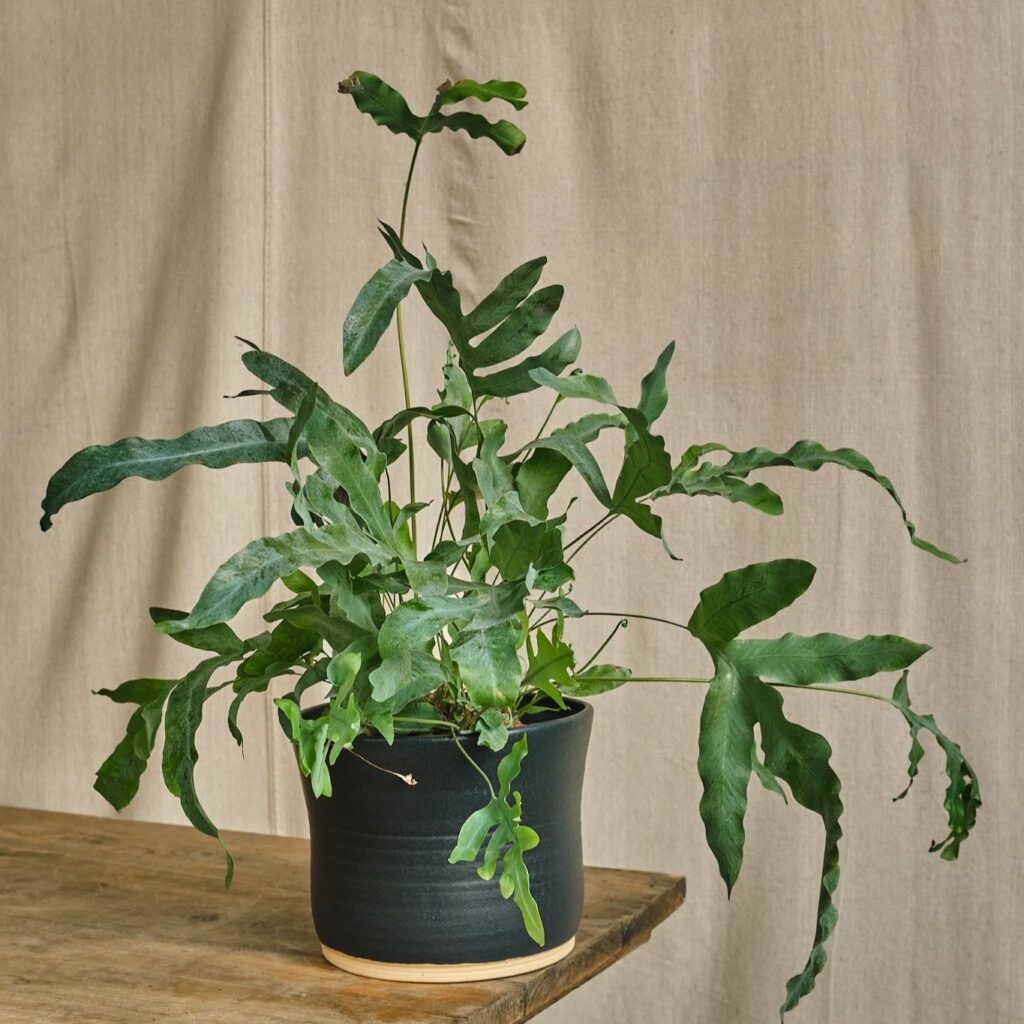
A unique fern with soft, bluish-green leaves.
Watering: Keep the soil consistently moist.
Pros: Unusual color; Tolerates lower light.
Cons: Needs high humidity; Sensitive to overwatering.
26. Boston Fern
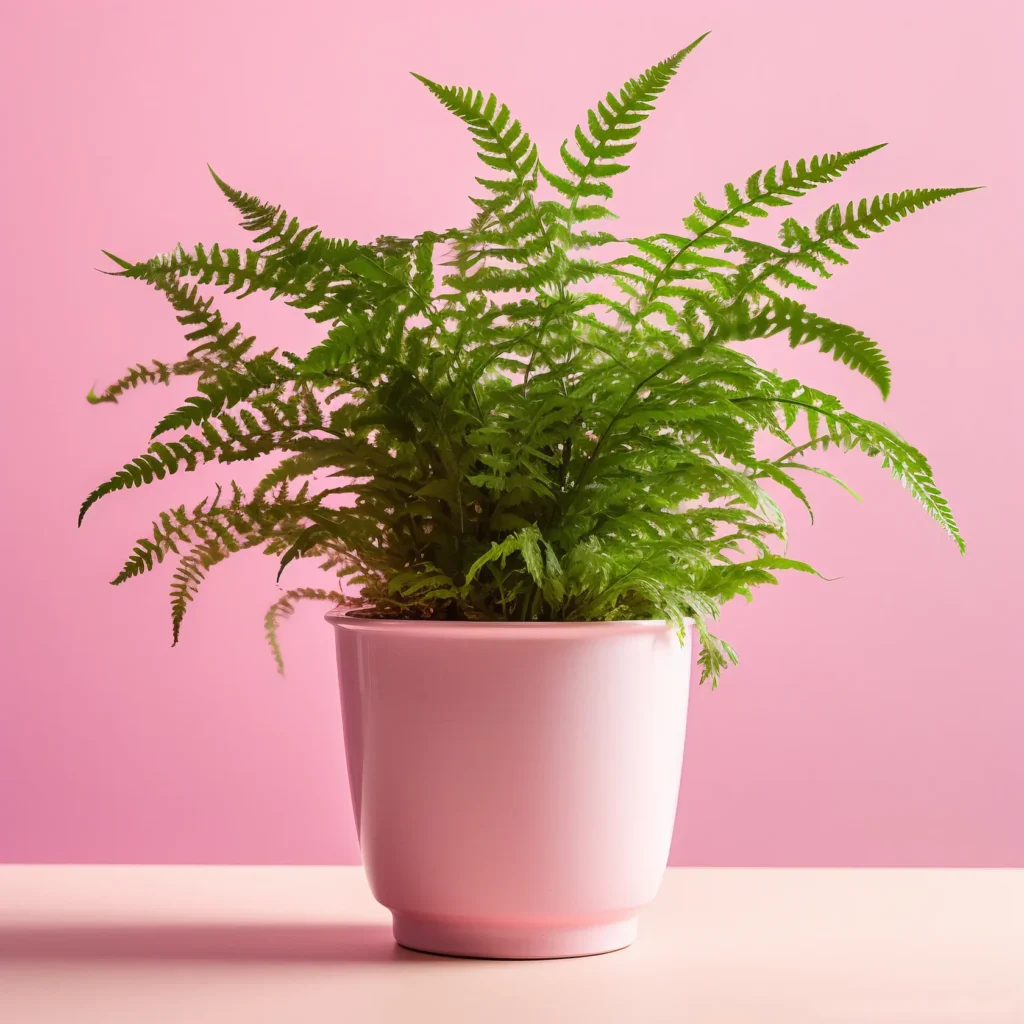
A classic fern with feathery fronds that love humidity.
Watering: Water regularly to keep soil moist.
Pros: Beautiful, full appearance; Great for hanging baskets.
Cons: Requires frequent misting; Sensitive to dryness.
Transform your space into a lush, green haven with these 26 low-light indoor plants that thrive effortlessly all year long. Whether you’re a seasoned plant lover or just starting your indoor gardening journey, these resilient plants make it easy to enjoy the beauty and benefits of greenery without needing bright sunlight.
Ready to add some vibrant life to your home? Start small, pick your favorite, and let nature work its magic indoors!
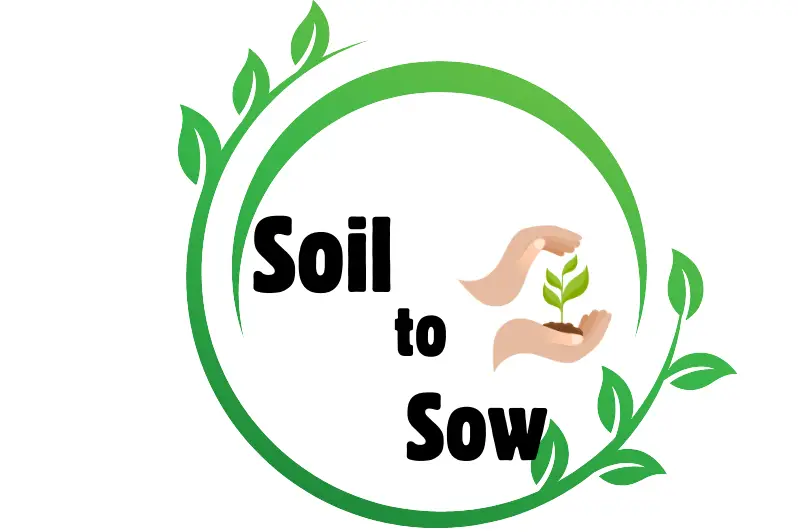
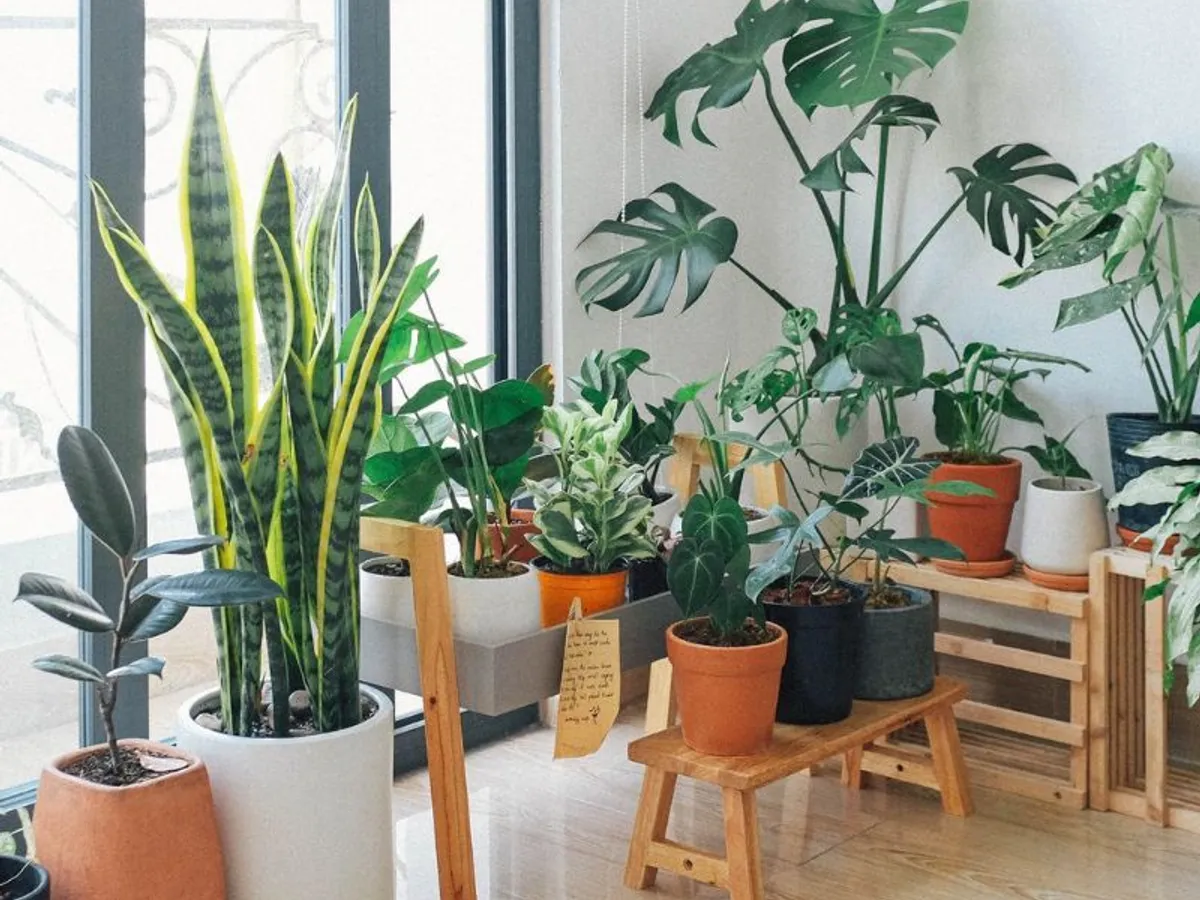
2 thoughts on “26 Low-Light Indoor Plants That Thrive Year-Round”